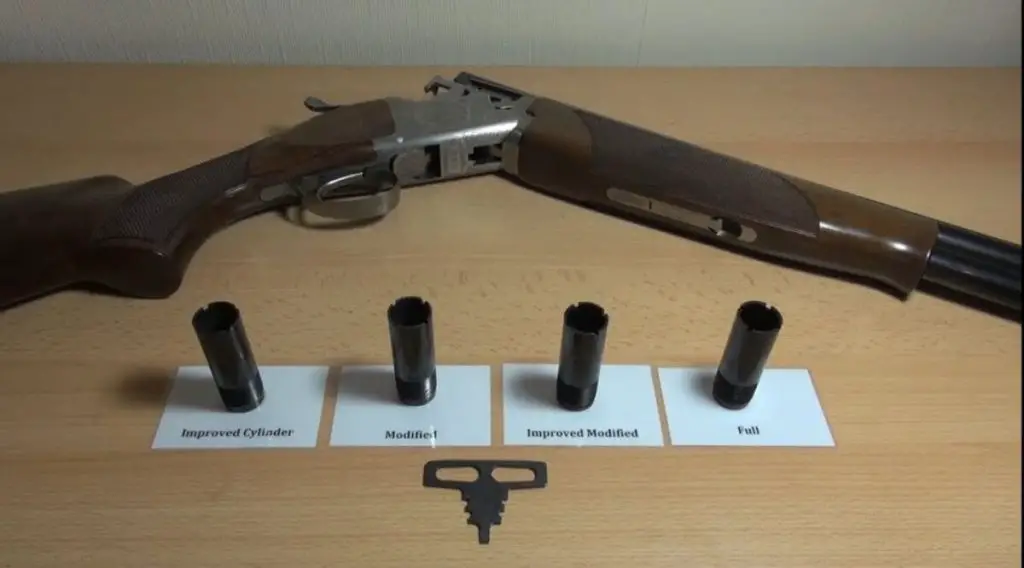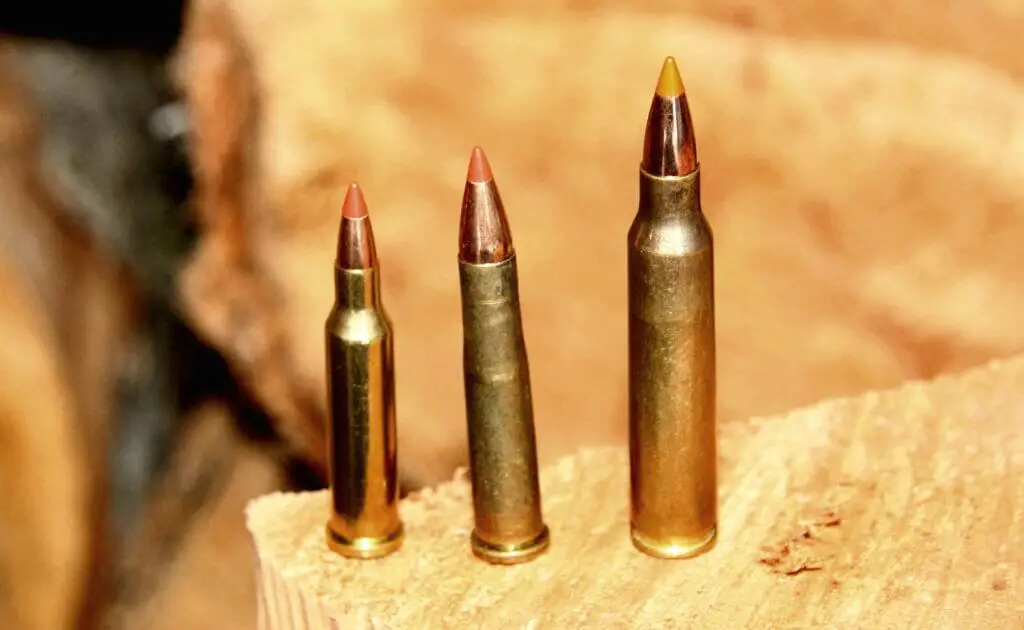Archery, an ancient practice with its roots dating back to early civilizations, has evolved over the years with advancements in technology and techniques. A critical factor to a successful shot in archery is the link between the bowstring and the arrow, specifically how the archer releases the string to propel the arrow towards the target. In this context, the debate over whether a metal D-loop or a string loop makes for better archery gear rages on. This detailed examination aims to shed light on this matter, discussing both methods in detail.
The Mechanics of The Bowstring Release
Before launching into the details regarding metal D-loop and string loop, we need to first understand the nitty-gritty of bowstring release. Bowstring release involves letting go of the bowstring in a fluid motion that advances the arrow with maximum speed and accuracy. This is where the loop (the segment that connects the bowstring to the release aid) comes in. Crafted from either string or metal, these loops can significantly bear on the quality of the shot.
Understanding Metal D-loop
Traditionally, bows were drawn using fingers. However, this method was replaced with the introduction of the mechanical release aiding the archer in drawing and releasing the arrow. A component of this mechanism is the metal D-loop, a small piece of metal in the shape of the letter ‘D’ that connects the bowstring to the mechanical release.
The Advantages of Metal D-loop
There are several benefits of using a metal D-loop. Firstly, the metallic substance provides a solid and hardwearing connection between the bowstring and the release. This robustness minimizes the risk of the loop failing during the shot. Secondly, metal D-loops are unaffected by weather conditions, which could affect the materials used in the string loop. Lastly, metal D-loops offer a consistent anchor point, an essential factor for getting consistent shots.
The Drawbacks of Metal D-loop
However, there are a few potential setbacks of metal D-loops. The weight of the metal might skew the balance of the arrow, resulting in lesser accuracy. Metal D-loops could also damage the bowstring over time due to their hardness and could potentially be less safe if they break during a shot.
Understanding String Loop
On the other hand, the string loop is a loop made from a sturdy thread, nylon or cord that fastens to the bowstring. The mechanical release connects to this loop to draw and release the arrow.
The Advantages of String Loop
One of the primary advantages of a string loop is that it minimizes the torque experienced by the bowstring during the shot due to its flexibility. This results in increased arrow velocity and accuracy. Moreover, the lighter weight of the string loop compared to the metal D-loop doesn’t influence the arrow balance as much.
The Drawbacks of String Loop
Despite its advantages, a string loop also carries some disadvantages. It may wear out more quickly due to constant contact with the release aid. Additionally, weather and humidity can affect its longevity and durability.
Metal D-loop Vs String Loop: A Comparison
| Parameters | Metal D-loop | String Loop |
|---|---|---|
| Durability | High | Medium |
| Effect on Arrow Balance | Significant | Minimal |
| Weather Resistance | High | Medium |
| Risk to Bowstring | Medium | Low |
| Complexity of Installation | Medium | Low |
Choosing Between Metal D-loop And String Loop
The choice between a metal D-loop and a string loop ultimately depends on the archer’s requirements, preferences, and comfort level. Archers who prioritize durability and consistency might lean towards a metal D-loop, whereas those who value flexibility and weight may find the string loop more suitable. As with many aspects of archery, it’s often about personal preference and what works best for the archer’s individual shooting style. Trying out both options can help you make a more informed decision.
Considerations before the Final Decision
Before making a choice, archers need to contemplate their archery form and style, arrow trajectory objectives, and gear maintenance routines. Each method has its unique characteristics, and understanding these can aid the archer’s decision. As a result, training, experimentation, and gaining personal experience help an archer settle on what works best for them.
The world of archery involves a constant learning curve, and with ongoing practice and tweaks to the equipment, you can continue to increase your accuracy and consistency, regardless of whether you’re on team Metal D-loop or team String loop.
Frequently Asked Questions
1. Is a metal D-loop any good?
A metal D-loop is a durable and reliable option for archery. It is commonly made from stainless steel or titanium, which makes it highly resistant to wear and tear. Metal D-loops provide superior strength and stability, ensuring accurate shots and consistent performance. Additionally, they are less likely to pinch or wear out over time, making them an excellent choice for archers seeking long-lasting equipment.
2. What is the strongest D-loop material?
When it comes to strength, metal D-loops, specifically those made from titanium, are considered the strongest. Titanium has exceptional strength-to-weight ratio, making it highly resistant to bending, warping, or breaking. However, it is worth noting that stainless steel is also a strong material commonly used for D-loops.
3. Do bow strings make a difference?
Absolutely! Bow strings play a crucial role in the performance of your bow. Different bow string materials, such as Dacron or Fast Flight, can impact factors such as speed, noise, and durability. The choice of bow string material should be based on factors like bow type, personal shooting style, and the desired level of performance.
4. How do you tie a D-loop?
Here is a step-by-step process to tie a D-loop:
- Measure the desired length of the D-loop from the nocking point on your bowstring.
- Tie a loop in your D-loop material of choice, ensuring it is secure but not too tight.
- Pass the tag end of the material through the loop, forming a knot around the bowstring.
- Tighten the knot by pulling both ends of the D-loop material while keeping the loop aligned with the bowstring.
- Trim any excess material, leaving a small tail that can be burned to prevent fraying.
- Ensure the D-loop is centered and aligned with the arrow rest and peep sight, if applicable.
5. Are metal D-loops more difficult to tie compared to string D-loops?
Metal D-loops can be slightly more challenging to tie compared to string D-loops, mainly due to their rigidity. However, with practice, most archers can become proficient at tying metal D-loops. If you are new to tying D-loops, you may find it beneficial to start with string D-loops and gradually transition to metal D-loops as you gain experience and confidence in your knot-tying abilities.
6. Can a metal D-loop damage my bowstring?
A properly installed and maintained metal D-loop should not damage your bowstring. However, it is essential to ensure that the metal D-loop is smooth, without any sharp edges or burrs that could potentially cause abrasions on the bowstring. Regularly check the D-loop for signs of wear or damage, and if any issues are detected, either replace or repair the D-loop promptly to prevent potential damage to the bowstring.
7. How often should I replace my metal D-loop?
The frequency of D-loop replacement depends on various factors, such as usage, maintenance, and environmental conditions. While metal D-loops are known for their durability, it is advisable to periodically inspect the D-loop for signs of wear, fraying, or damage. If any issues are detected, it is best to replace the metal D-loop to maintain optimal performance and safety.
8. Can I use a metal D-loop with any type of bow?
Yes, metal D-loops can generally be used with any type of bow, including compound bows, traditional bows, and recurve bows. However, it is essential to consider the specific requirements and limitations mentioned by the bow manufacturer. Additionally, consult with an experienced archer or a professional bow technician to ensure that the metal D-loop is compatible with your particular bow model.
9. Do metal D-loops affect accuracy?
No, metal D-loops themselves do not directly affect accuracy. The primary purpose of a D-loop is to provide a consistent anchor point for your release aid or fingers, enhancing shot control and repeatability. Metal D-loops, similar to string D-loops, offer this consistency. However, accuracy can be influenced by other factors such as proper bow tuning, form, and technique.
10. Can metal D-loops be adjusted for different hand sizes?
Metal D-loops are generally not adjustable in terms of hand size. The size of the D-loop is typically determined by the archer’s preference and can be adjusted during the installation process. If you find that the D-loop is not comfortable or suitable for your hand size, it is recommended to remove and replace it with a new D-loop of the desired size.
- How to Put a Scope on a Mosin Infantry in Tarkov: A Quick Guide - November 7, 2024
- How to Edit a Scope Box in Revit: A Step-by-Step Guide - November 6, 2024
- How to Put a Scope on Mosin Tarkov: Expert Tips for Gamers - November 6, 2024


